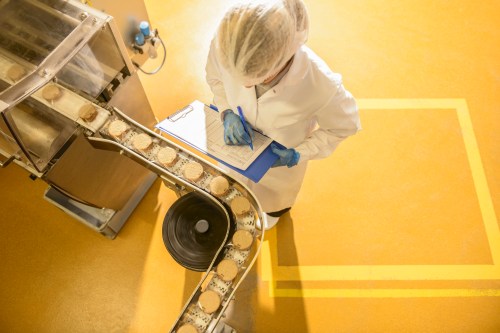Our editors independently select these products. Making a purchase through our links may earn Well+Good a commission
Some things in life are basically non-negotiable, like drinking a warm cup of coffee first thing in the day. The soothing drink that gives you a much-needed zap of energy to get the day going has become a part of daily life for many people around the world—including those in Nicoya, Costa Rica, home to many of the longest-living people on the planet.
Experts in This Article
coffee producer at Ditsö Café
While coffee is universally known and consumed, the types of beans and brewing methods vary worldwide. In Ikaria, Greece (another of the so-called Blue Zones), coffee is boiled to extract its antioxidants, which is also known as “Turkish coffee,” Dan Buettner, an expert on longevity, National Geographic fellow, and author of The Blue Zones Challenge: A 4-Week Plan for a Longer, Better Life, previously told Well+Good.
However, in Nicoya (and other parts of Costa Rica), you’ll likely find locals brewing a cup using a chorreador and beans that have undergone a processing method called honey coffee (and no, it doesn’t involve bees). Instead, Monserrat Prado Flores, a Costa Rican coffee producer at the fourth-generation, family-owned, and woman-led company Ditsö Café, says that honey-processed coffee yields a complex flavor profile unlike any other. And aside from its delicious and unique taste, it happens to be one of the more sustainable ways to prep coffee beans for roasting.
What is honey coffee?
According to Flores, honey coffee is a term used to describe a way of processing the coffee fruit or “cherry” to extract the beans for roasting. “Inside of the outer red layer of a coffee fruit, you’ll find the coffee bean covered with a mucilage that’s naturally made up of sugar,” Flores says. This is where different processing methods come into play, including honey, natural, washed, double-washed, and anaerobic. Depending on the method chosen, the mucilage will either be washed away or kept throughout processing.
“For example, for honey processing, the red shell of the fruit is removed. However, the mucilage is kept while the beans dry out, which results in the natural fermentation of the sugars and acids,” she says. This sugar fermentation process yields an explosive flavor profile however attenuates the levels of acidity, according to Flores. However, there are different types of honey-processed coffee, which are contingent on how much of the mucilage is left on the bean while it’s processed.
What are the different types of honey coffee?
“The type of honey coffee depends on the amount of mucilage we leave on the beans. For example, 100 percent of the mucilage will develop into black honey, with dark-colored beans due to the “honey” resulting from the fermentation of the sugars,” she says. Black honey coffee has an intense, sweet flavor with raisin and red fruit notes. “The more mucilage, the longer we’ll leave the beans to dry out—which is about 15 days for a good batch of black honey coffee beans,” Flores adds.
The second type of honey coffee is called “red” honey. “When we leave about 50 percent of the mucilage, we get red honey that releases a brownish-red color and has a well-balanced flavor that’s sweet and fruity like a peach,” she describes. There’s also yellow honey, which is made with 25 percent mucilage. It has a golden coloring, and its flavor is much milder than the previous two, yet it’s sweet and floral. Though those are a few common types, there are others like white, crystal, or purple honey-processed coffee.
Honey coffee is growing in popularity, according to a coffee farmer
“In Costa Rica, honey-processed coffee has grown in popularity because it allows for the development of complex and special batches of beans,” says Flores. Additionally, since honey processing requires less water than thoroughly washed or double-washed beans that remove most, if not all, of the mucilage—it’s inherently less water-intensive and thus more sustainable.
This is important to remember, considering it takes an estimated 170 liters of water to brew a single cup of coffee. So, if you’re in the market for honey-processed coffee, one of Ditsö’s partners includes New York City-based roaster Bean & Bean, which carries a Sweeter Than Honey Bundle. It contains various honey-processed Costa Rican coffee beans, including black, orange, and red honey.
The benefits of coffee, according to a dietitian:
Sign Up for Our Daily Newsletter
Get all the latest in wellness, trends, food, fitness, beauty, and more delivered right to your inbox.
Got it, you've been added to our email list.









